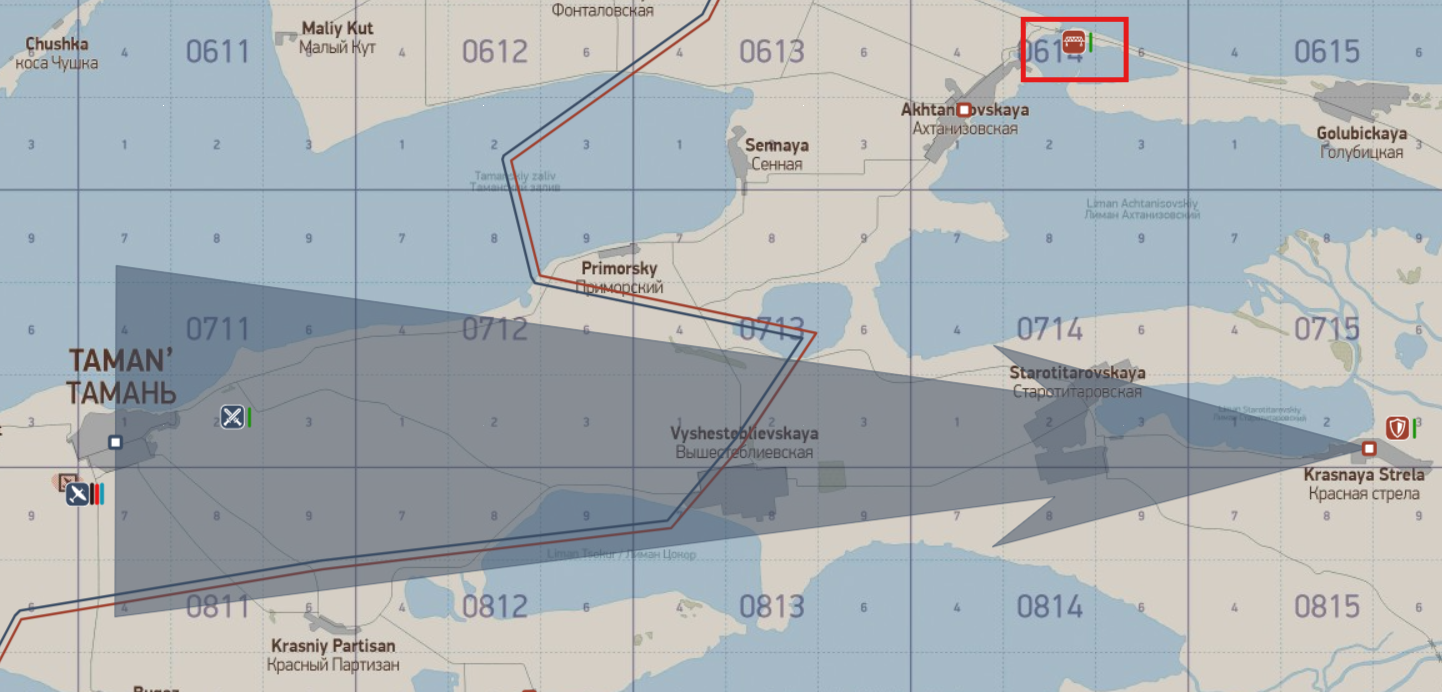In the world of the flight simulator "IL-2 Sturmovik," on the FRONT LINE server, every element of the map, every target, has its own tactical and strategic significance. Among the many targets, bridges hold a special place—seemingly simple engineering structures that are, in fact, vital arteries of the war machine. On the FRONT LINE server, these objects become true strategic nodes, and the outcome of entire operations can depend on their control.
The Logistical Foundation of Military Operations.
Bridges and river crossings are critically important logistical assets, ensuring the continuous delivery of military cargo and resources from the second line of defense to front-line positions. In real war, as in the game simulation, these structures serve as the connecting links between production centers in the rear and combat units on the front.
Each bridge in the game is responsible for supplying a specific frontline settlement where garrisons and combat units are located. It facilitates an effective attack or defense depending on the current situation on the server.
Force Transfers: The Mechanic of Redeploying Reserves to the front line.
 Before explaining force transfers (the redeployment of forces and assets), we need to cover the topic of settlement connections. A connection is a line on the interactive map, represented by a blue or red segment drawn between two settlements (garrisons). One connection cannot cross another. A connection is colored according to the coalition that owns the garrison it leads into. If you select a garrison, you will see outgoing segments leading to the garrisons they connect to. If a connection originates from a red garrison but enters a blue one, it will be colored blue. If a connection enters an allied garrison, it will take on the color of the allied coalition. Force transfers, or the redeployment of forces and assets, occur exclusively along these connections. A force transfer can only happen once and only along a single connection—that is, only one step.
Before explaining force transfers (the redeployment of forces and assets), we need to cover the topic of settlement connections. A connection is a line on the interactive map, represented by a blue or red segment drawn between two settlements (garrisons). One connection cannot cross another. A connection is colored according to the coalition that owns the garrison it leads into. If you select a garrison, you will see outgoing segments leading to the garrisons they connect to. If a connection originates from a red garrison but enters a blue one, it will be colored blue. If a connection enters an allied garrison, it will take on the color of the allied coalition. Force transfers, or the redeployment of forces and assets, occur exclusively along these connections. A force transfer can only happen once and only along a single connection—that is, only one step.
Important!
It is impossible to transfer forces through a garrison from the third or fourth line of defense to the first!
Force transfers, or the redeployment of fresh forces to the front line, is the movement of strength from one garrison to another along their connections.
The necessary conditions for a force transfer are as follows:
The destination settlement must be located on the front line, have at least one connection to an allied settlement, and at least one connection to an enemy garrison.
The origin settlement must have all its connections only with its own coalition and must have a direct connection to the destination garrison.
The source garrison must not be left with less than 60% of its maximum strength after the operation.
The maximum amount of force that can be transferred at one time is no more than 10% of the maximum force of the origin garrison.
Force transfers are carried out in a single step only — that is, only along one connection.
After each mission, during the preparation for the next one, the generator gets five "moves". It searches for the garrisons on the front line most in need of reinforcement and, if necessary, transfers forces according to the conditions. If the conditions are not met, no transfer occurs. This operation counts as one move. If the conditions are not met, the move is still considered used and is expended.
Target Placement and Detection.
The bridge generation system in the game does not simulate real principles of military logistics; crossings appear in random locations on the map, creating a dynamic game environment where each mission offers new tactical challenges.
Bridges are displayed on the interactive map with bridge icons. However, there is an important feature: if a team controls too little territory, the system may not place a bridge at all. This reflects a real military situation where retreating forces lose control over strategically important objects.
A bridge highlighted by a red rectangle on the map
The Tactical Value of Destroying Bridges.
Destroying a bridge is not just about demolishing a structure but a targeted disruption of the enemy's supply system. Each destroyed bridge cuts off supplies to one of the five frontline settlements. Within a single mission, players can destroy up to three bridges, leaving three of the five frontline garrisons without supply. Supply is carried out through the "force transfer" subsystem described above. Destroying a bridge means one less force transfer.
The consequences of such an action become noticeable rather quickly. The garrisons of the weakened settlements begin to experience shortages of ammunition and other critical resources. Their combat effectiveness decreases, and their reserve attrition rate accelerates. This creates favorable conditions for offensive operations by the opposing side.
Attention!
Since bridges facilitate the movement of resources directly to the front line and thereby help restore enemy forces on the front, it is advisable to first destroy the bridges closest to your main (strategic, chosen at the start of a new Theater of Operations) direction of attack. Bridges that are outside this main axis can be ignored.
It is important to understand that completely cutting off supplies is impossible — the server mechanics ensure that two of the five settlements will continue to receive necessary resources regardless. This maintains game balance and prevents a complete collapse of the defense.
A destroyed bridge
Conditions for Destroying Crossings.
Attacking a bridge requires careful planning and skillful execution. Each crossing is protected by anti-aircraft defenses (AA), although its effectiveness is limited by a relatively small engagement radius and the caliber of its artillery. This means that skilled pilots can find approaches to the target while avoiding damage from the AA.
To completely destroy the target, seventy percent of all objects within the bridge zone must be destroyed. Besides the bridge itself, this includes adjacent structures: access areas, warehouses, control points, and other auxiliary buildings. This approach makes the task more realistic and challenging, requiring players to think strategically when selecting targets for attack. The bridges themselves are not mandatory targets for destruction.
After a bridge is successfully destroyed, its icon disappears from both the in-game map and the interactive interface, visually confirming the completion of the combat task.
Economic Aspects of Combat Operations.
The bridge system is closely integrated with the game's economic model. When each crossing is generated, military factories allocate a certain amount of resources for its operation. These resources are essentially "frozen" for the duration of the bridge's existence and are temporarily removed from the factory's general reserve. However, there is an interesting feature: at the end of each mission, an undestroyed bridge returns all its unused resources to the factory from which they originally came. In the case of destruction, however, each building is destroyed along with its allocated resources, which are not returned to the factory from which they were taken at the beginning of the mission.
Strategic Planning of Operations.
Bridges are much more than just static elements on the game map. They are dynamic supply nodes, and the stability of the entire defense system depends on their effective functioning. Understanding this role allows players to develop more complex and effective strategies.
Skillful planning of attacks on bridges can radically change the course of a battle. Destroying strategically important crossings undermines the enemy's logistics system, depletes their material reserves, and creates windows of opportunity for decisive offensive actions. Settlements weakened by a lack of supply become more vulnerable to capture.
Utilizing the Bridge System.
Mastery of the bridge system as a game mechanic lies in understanding its complex nature. These are not just targets for bombing, but elements of a complex system, the manipulation of which requires strategic thinking and tactical flexibility. Players who master these principles gain a significant advantage in multiplayer battles and can significantly influence the outcome of major operations.
Learn more about factories:
.jpg.2e02fa21b44c4e0fc4781582deecd74b.jpg)



Create an account or sign in to leave a review
There are no reviews to display.